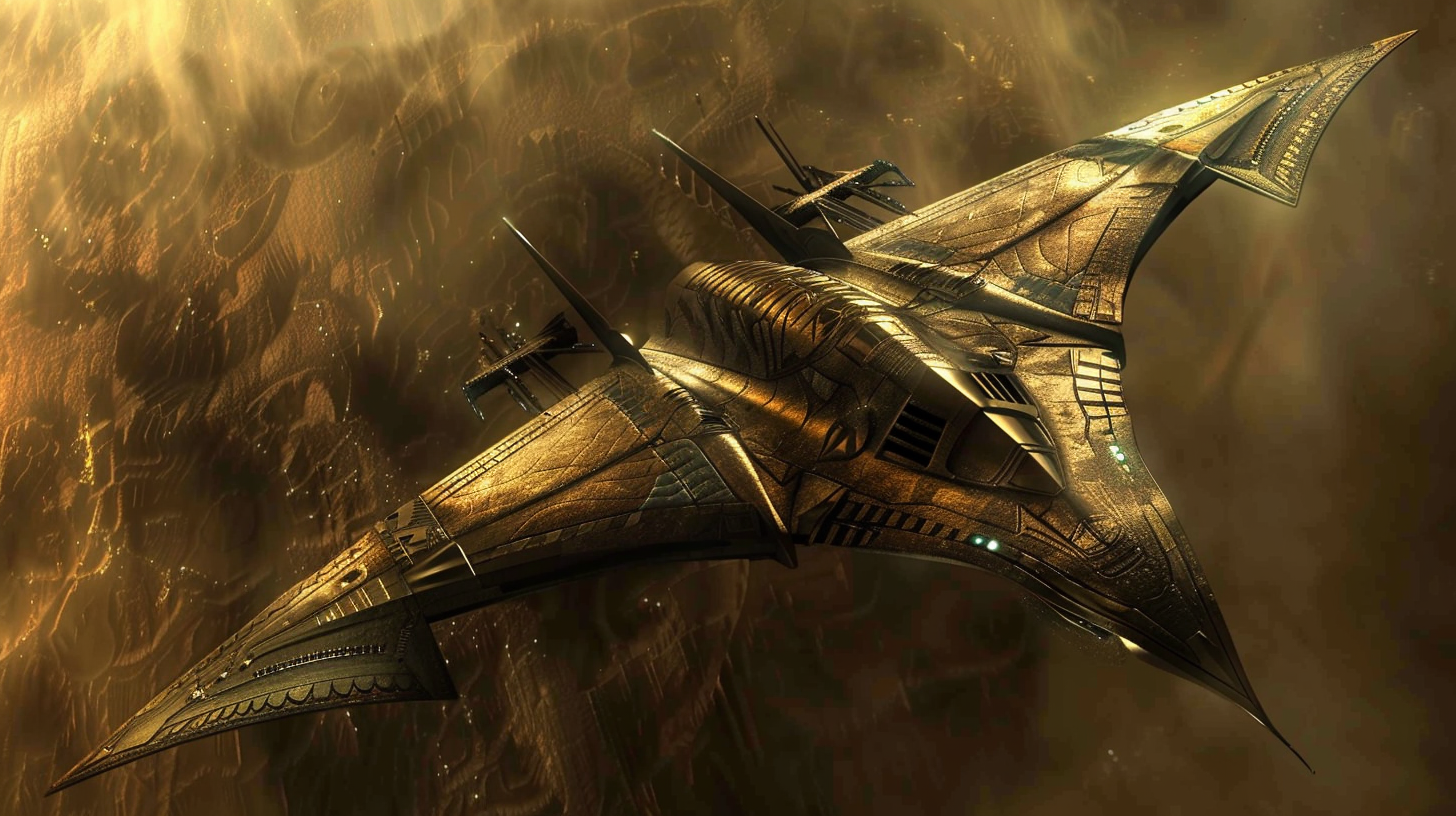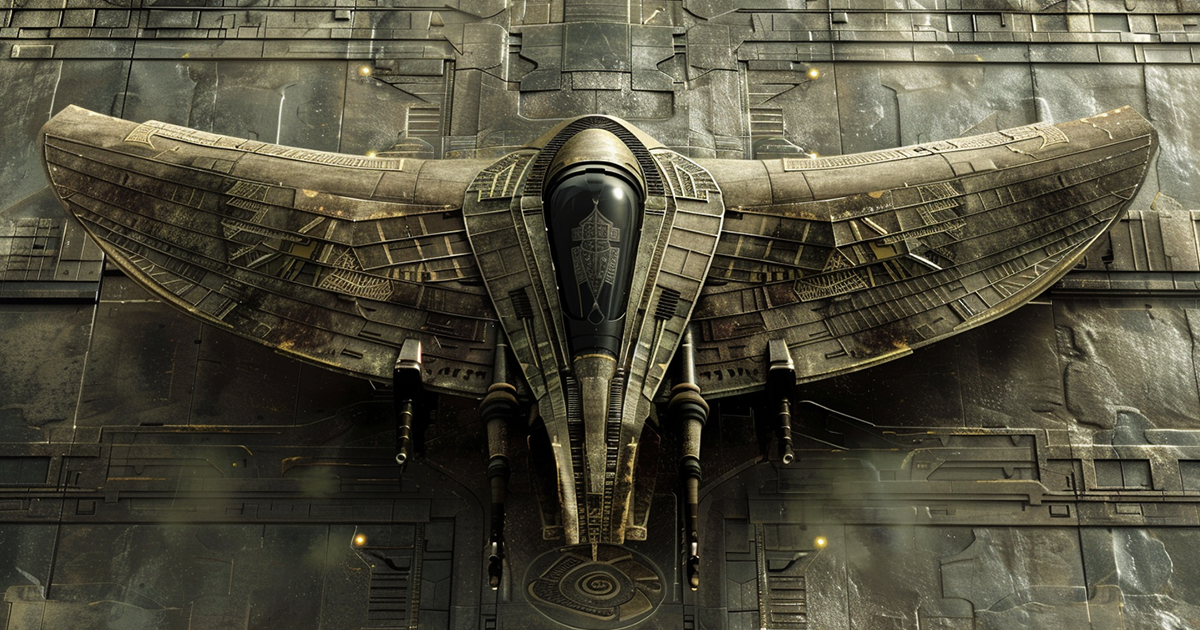In the annals of ancient history, the Sumerians stand out as one of the most fascinating civilizations to have ever graced our planet. Their contributions to literature, mathematics, and governance are well-documented. However, it’s their intricate artwork and symbolism that continue to captivate researchers and enthusiasts alike. Among the plethora of symbols they left behind, none is more enigmatic than the depiction of the “winged disk.”
In Sumerian art, the winged disk appears frequently, adorning temples, seals, and other artifacts. At first glance, it’s an arresting image—a disk with wings extending from either side. But what does it represent? The interpretations are as varied as they are intriguing.
One prevailing interpretation is that the winged disk symbolizes divine protection. In ancient Mesopotamian religion, gods were often depicted with wings, signifying their ability to transcend the earthly realm and provide protection to their worshippers. The winged disk, then, could be seen as a representation of a divine entity watching over the Sumerian people, shielding them from harm and bestowing blessings upon them.

However, there exists another interpretation—one that ignites the imagination and sparks debate among scholars and enthusiasts alike. Some have posited that the winged disk might actually represent advanced alien spacecraft. While this notion may sound far-fetched to some, it’s rooted in the idea that ancient civilizations may have had contact with extraterrestrial beings or possessed advanced knowledge of technology beyond our current understanding.
Proponents of this theory point to certain characteristics of the winged disk that they believe support their interpretation. They argue that the disk’s central position and prominence in Sumerian art suggest its significance as a conveyance of great importance. Additionally, the presence of wings could symbolize flight, while the disk itself might represent a celestial body or vehicle capable of traversing the vast reaches of space.
Of course, this interpretation raises countless questions. Were the Sumerians visited by beings from another world? Did they possess knowledge of advanced technology that has since been lost to the sands of time? Or are these simply flights of fancy, borne out of our innate desire to seek meaning in the unknown?
Regardless of one’s stance on the matter, there’s no denying the enduring allure of the winged disk symbol. Whether viewed as a symbol of divine protection or a representation of extraterrestrial visitation, it serves as a testament to the ingenuity and imagination of the ancient Sumerians. And perhaps, therein lies its true significance—not as a key to unlocking hidden truths, but as a reminder of the mysteries that continue to tantalize us, urging us to explore, speculate, and marvel at the wonders of our shared human story.

30 thoughts on “Decoding the Symbolism: Sumerian Depictions of the Winged Disk”
Comments are closed.